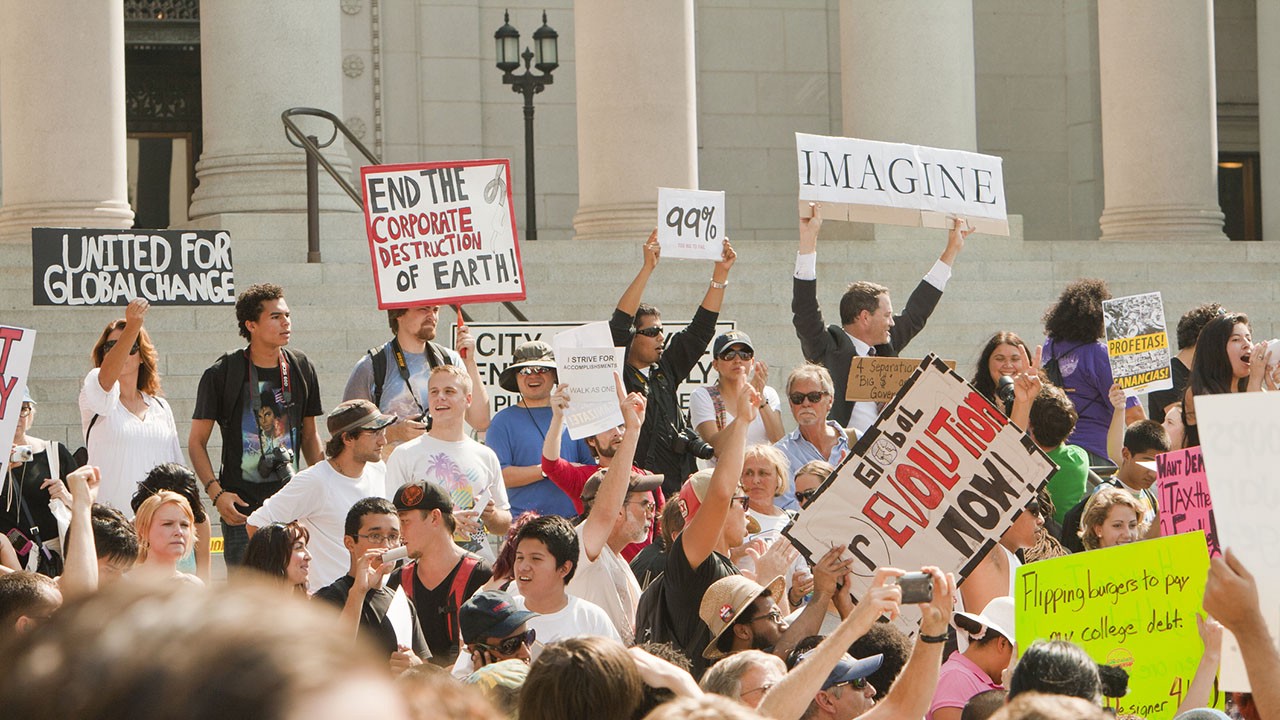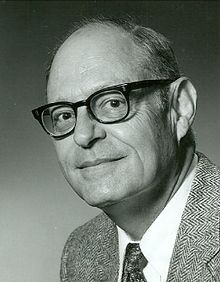
One of the earliest and most comprehensive frameworks on analyzing social movements comes from American anthropologist David Aberle in 1966 in his book titled The Peyote Religion Among the Navajo.
 David Aberle
David Aberle
What is a Social Movement?
According to Aberle,
A social movement is an organized effort by a group of human beings to effect change in the face of resistance by other human beings. By this definition, a social movement is differentiated from purely individual efforts, from unorganized group efforts such as crowd action (if indeed these efforts are truly unorganized), and from efforts at technological change which proceed only against the resistance of the material world. Under the heading of resistance by other human beings is included passive resistance or apathy. It should be noted that the definition does not require that the resistance be organized.
Aberle also discusses four different types of social movement and those are alterative, redemptive, reformative, and transformative. He categorizes these based on how much they?re trying to change and what they are trying to change. So, whether they?re trying to make change at an individual level or at a societal level and whether they?re seeking partial change or total change.
Alterative Movements
An alterative movement is after partial individual change. Its goal is partial change in individuals? behavior. An example of this would be Mothers Against Drunk Driving. They?re after the simple individual goal of trying to make people stop drinking and driving. Another example of this would be efforts to promote recycling. They?re merely trying to get individuals to recycle their waste.
Redemptive Movements
Redemptive seek total individual change. The defining characteristic, Aberle says, is the search for a new inner-state. These are most often religious movements promoting a total change in a person. For example, a religious movement that promises salvation through a complete personal transformation.
Reformative Movements
Reformative Movements seek partial social change ? they seek partial change in social systems. An example would be the Women?s Suffrage Movement, the movement for women to gain the right to vote. They merely wanted to change a part of the system ? they wanted to have equal voting rights, the same as men.
Transformative Movements
Transformative Movements seek total social change ? a total change in social systems. Revolutions fall into the category of transformative social movements.
An easy way to determine between transformative and reformative is that the people that are involved in a reformative movement usually want to be included equally within the current system. So the Women?s Suffrage Movement, they wanted equal rights, equal to men, but within the current system.
Transformative movements, revolutions, typically seek to somehow change or destroy the current system altogether rather than merely being included equally within it.
See more here, or the video below, for a specific definition of a ?revolution.?


